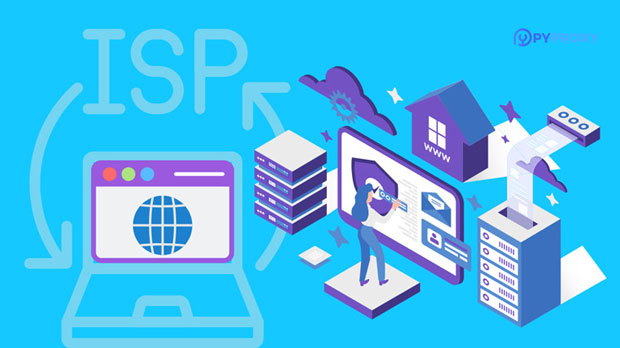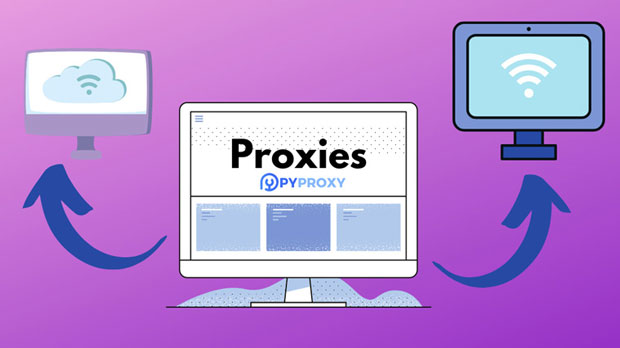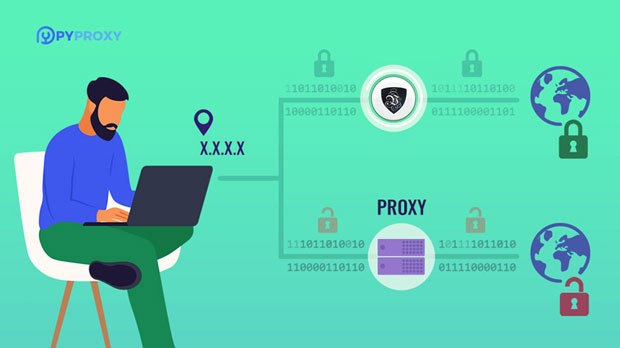In the world of digital marketing, social media management, and online advertising, the use of proxy accounts is a common practice for businesses that need to manage multiple identities simultaneously. Dolphin Anty is a popular tool that helps users set up and manage multiple proxy accounts without risking account bans or identity issues. However, when configuring multiple proxy accounts in Dolphin Anty, users often face the challenge of fingerprint conflicts, which can jeopardize their efforts. This article will explore strategies to avoid such conflicts, ensuring smoother operations and greater success in managing proxies across multiple accounts. What Are Fingerprint Conflicts in Dolphin Anty?When setting up multiple proxy accounts, a key concern is the potential for fingerprint conflicts. Fingerprints refer to the unique identifiers associated with a user's browsing session. These identifiers include IP addresses, device configurations, and browser settings. If these fingerprints are too similar across accounts, websites may flag them as suspicious, leading to account restrictions, bans, or even permanent suspensions.In Dolphin Anty, which is designed to help manage multiple proxies, the risk of fingerprint conflicts arises when different accounts share too many of the same identifiers. For example, if two accounts use the same proxy server or have similar browser configurations, the website may detect these similarities and associate the accounts as being linked, leading to conflicts.Strategies to Avoid Fingerprint ConflictsTo ensure the successful configuration of multiple proxy accounts without running into fingerprint conflicts, it is essential to adopt strategies that help diversify the identifying information for each account. Below are several steps to follow:1. Use Unique Proxies for Each AccountThe first step in avoiding fingerprint conflicts is to assign each account a unique proxy. Proxy servers mask the user's IP address, making it appear as though each account is accessed from a different location. By using different proxies for each account, you minimize the risk of websites detecting similarities in IP addresses, which is a key factor in fingerprint identification.Furthermore, consider using residential proxies instead of data center proxies. Residential proxies are less likely to be flagged by websites as they come from real user devices rather than server farms. This makes them more effective in mimicking natural, organic browsing activity.2. Diversify Browser FingerprintsBrowser fingerprints are crucial elements of online identity. They consist of information such as the type of browser, screen resolution, plugins, language settings, and more. When using Dolphin Anty, it is important to ensure that each account has a distinct browser fingerprint.To achieve this, adjust the browser settings for each account. Change the user proxy, screen resolution, and other browser-specific attributes. Dolphin Anty allows you to customize these parameters, ensuring that each account's fingerprint is unique. This prevents accounts from appearing too similar, reducing the likelihood of conflicts.3. Rotate User proxys and Device ConfigurationsUser proxys are identifiers sent by browsers to websites, indicating information about the browser and operating system in use. In Dolphin Anty, you can rotate user proxys for each account to further obscure your identity. This means that even if two accounts are accessed from the same IP or proxy server, they will appear to be using different devices or browsers.Similarly, altering device configurations such as screen resolution, operating system version, and time zone settings can make a significant difference in preventing fingerprint conflicts. By keeping these configurations unique for each account, you add another layer of protection against identity detection.4. Utilize Time and Location DifferencesOne of the easiest ways to differentiate accounts and prevent fingerprint conflicts is to vary the time and location of account access. When using proxies in Dolphin Anty, make sure that the time zone for each account reflects a different geographic region. For example, if you are managing accounts that cater to different countries, set each account to access the internet at a time consistent with that country’s time zone.Additionally, consider using proxies from different geographic locations to avoid raising suspicion. Even if accounts are using the same IP provider, accessing them from different parts of the world will prevent websites from linking them based on location similarities.5. Manage Cookies and Local Storage SeparatelyCookies and local storage data are additional identifiers used by websites to track users. These can store sensitive data such as login credentials, browsing history, and preferences. To ensure that each account has a unique fingerprint, it is essential to manage cookies and local storage separately for each account in Dolphin Anty.The tool allows you to delete or reset cookies and local storage data after each session. By doing so, you can avoid leaving behind traces that could link accounts together. Regularly clearing these data elements ensures that each account starts with a clean slate, preventing cross-account identification.6. Monitor Account Behavior and ActivityConsistent, abnormal activity across multiple accounts can raise red flags. For instance, if multiple accounts exhibit similar patterns of activity—such as following the same pages, liking similar posts, or engaging in similar purchasing behaviors—websites may link them together through fingerprint recognition.To avoid this, monitor the behavior of each account carefully and ensure that their activities are diverse and natural. Dolphin Anty allows you to track activity logs, enabling you to assess if any accounts are behaving in ways that could result in conflicts. Diversifying the types of actions each account performs also reduces the likelihood of fingerprint conflicts.ConclusionConfiguring multiple proxy accounts in Dolphin Anty without encountering fingerprint conflicts requires careful attention to detail and a strategic approach. By using unique proxies, diversifying browser fingerprints, rotating user proxys, managing device configurations, and utilizing distinct time and location settings, you can significantly reduce the risk of fingerprint conflicts. Additionally, actively monitoring account behavior and managing cookies and local storage will further help in keeping accounts distinct and safe from detection. With these methods in place, you can confidently manage multiple proxy accounts without worrying about identity-related issues, ensuring smoother operations and more effective results in your online endeavors.
Jun 26, 2025
![arrow]()



















































